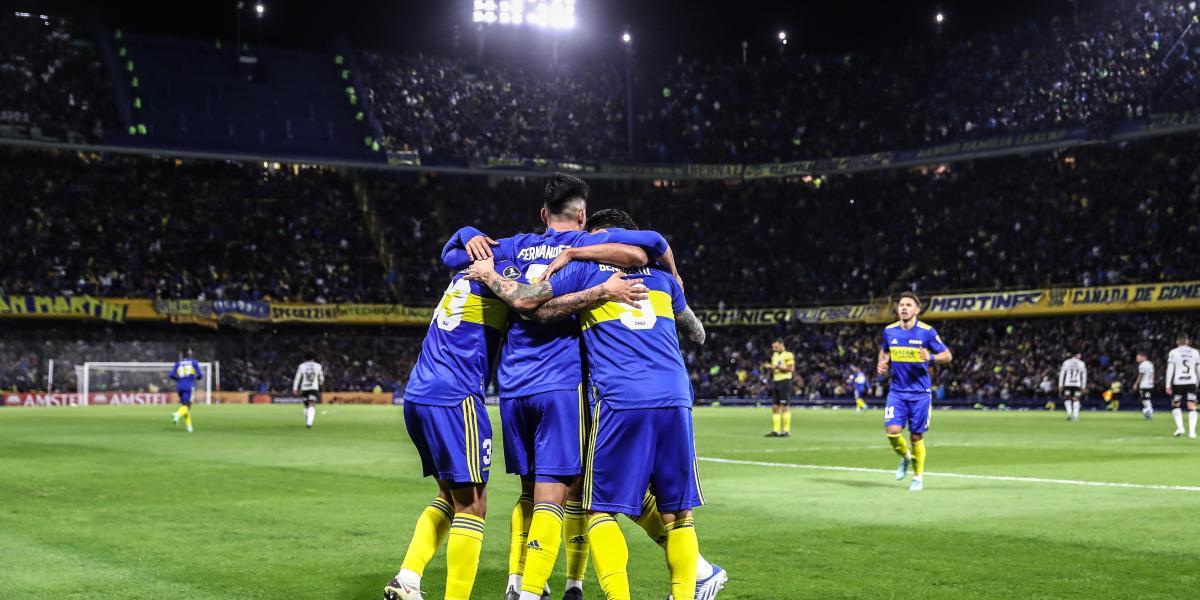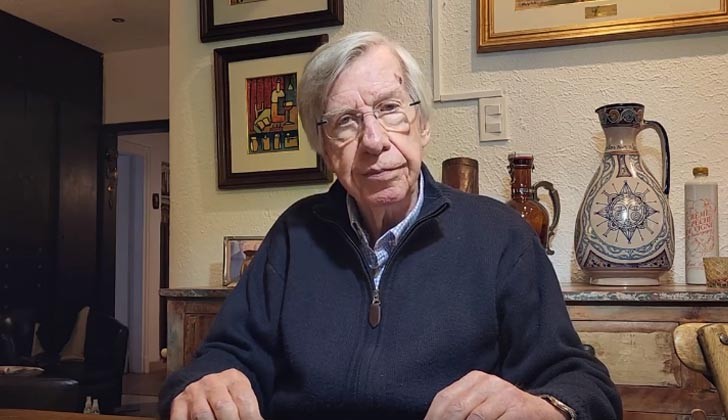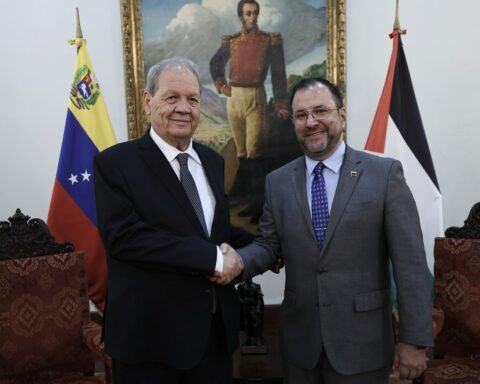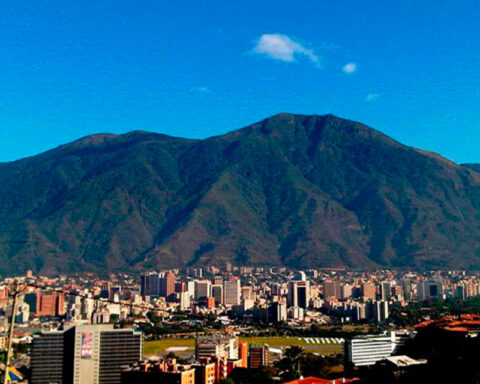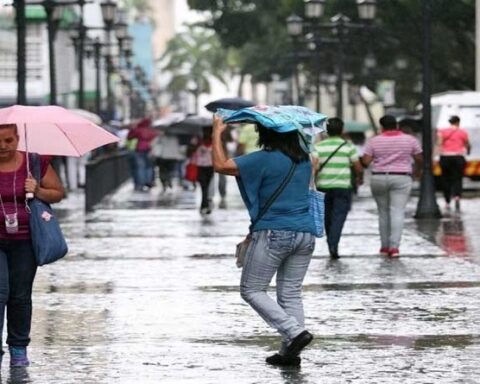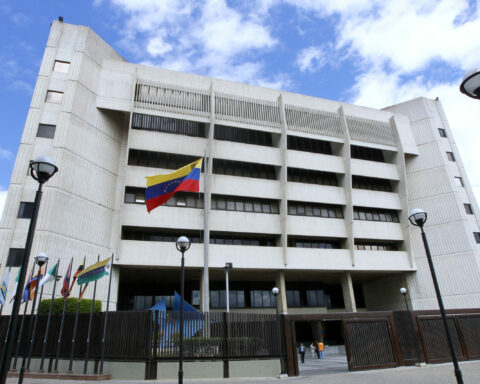
By ALVARO MATA
The name of Miguel von Dangel represents an inescapable chapter of Venezuelan art and a touchstone against the showy plastic work lacking in depth. The work that he developed during his 60-year artistic career reconsidered the aesthetic canons among us and catapulted the viewer towards an encounter with a terrible beauty. Possessor of a demonic character and a privileged verb, the discussions and controversies that he caused in our cultural environment turned him into a Rare avis that made the best planted tremble.
But in the intimate sphere, Miguel von Dangel was not only a great artist and a teacher, but also a man who knew how to appreciate and cultivate friendship, a stubborn believer who risked everything for his faith (“My work is a return to God, it is a consequence of a return to God”), an animal lover and a man tormented by the country.
That intimate Miguel, the friend, the man, is the one that these lines want to evoke, curious assiduous as I was from his house.
The house-workshop: a aleph petareño
In the anarchic neighborhood of Petare, Miguel built his home-world, an unusual refuge from which he rarely left, locked up as he was in a kind of self-exile in which he obsessively analyzed the causes of our current political drift.
Von Dangel’s house-workshop is a solace in the midst of city chaos: many trees that bathe the elongated space in green and refresh from the heat and smog, exotic animals, a guarapo ready to receive whoever arrives, necessary to digest the extremely baroque the artist’s creations that spring from the walls, in harmony with the atavistic nature of the place.
Scattered throughout the house, we find taxidermized animals, bones, countless fabrics with frosted paints, multi-colored feathers and, above all, a lot of indigenous crafts, which demonstrates Von Dangel’s closeness to native cultures. In fact, at the beginning of his career he made numerous trips to the south of the country in which he established close contact with the indigenous Panares, Piaroas and Makiritares, with whom he deepened his passion for animals, landscape, native mythology and crafts. From this fundamental meeting for his work, he began to integrate indigenous elements in his own work, finding in them a link with the way of understanding the world of ancestral cultures.
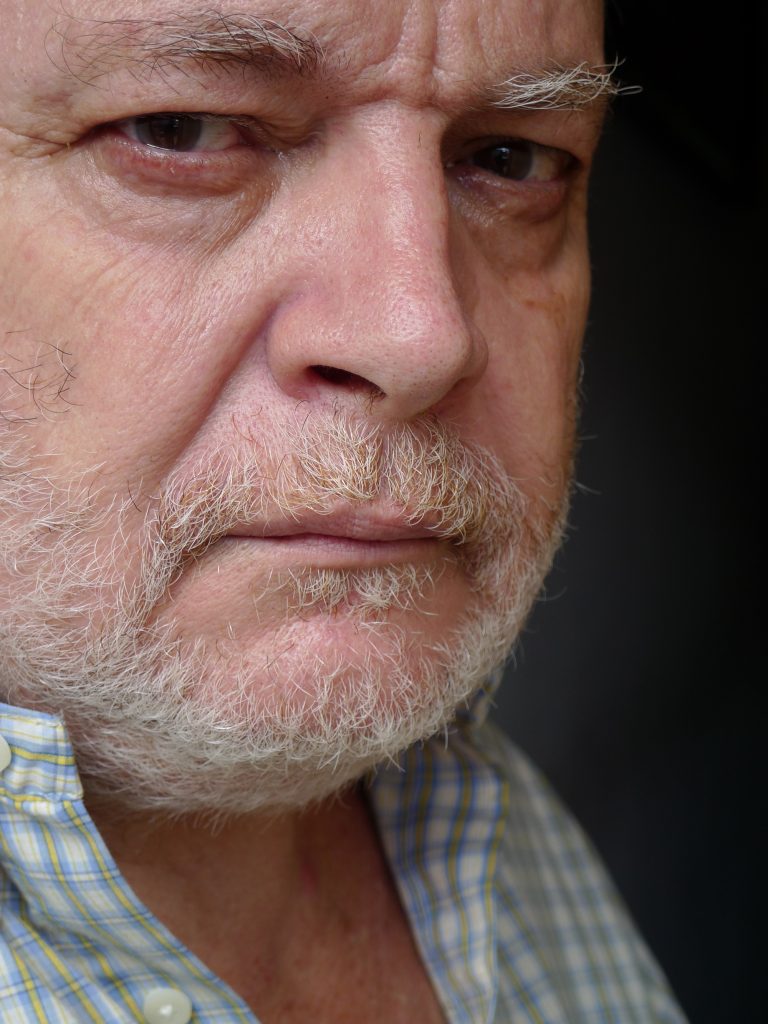
On the roof of the place is the workshop where the large format works were made. The most representative: The return of the fourth ship, a sculpture group (10×5 meters) that represented Venezuela at the Sao Paulo Biennial in 1983; and a very personal version of The Battle of San Romanooriginal by Paolo Uccello, a vast frieze (40 x 3.5 meters) where the artist exposes the excessive wealth and violence of the American continent, and with which he participated in the 1993 Venice Biennale.
His most recent work consists of small-format drawings, almost miniatures, in keeping with the physical energy available for creative work. But despite the minimal dimensions of the supports, or precisely because of them, these prints that represent crucifixions and virgins have the same dense load of the monumental works of the years of creative apogee.
After completing the tour of this particular gallery full of works from all of Von Dangel’s artistic periods, one can appreciate the continuity of a groundbreaking and iconoclastic proposal that won detractors and followers alike, and whose dimension and complexity became over time a gateway to discover the motley spirit of the American continent.
hours pass
In Miguel von Dangel’s house, museum directors, gallery owners, critics, professors, journalists, and researchers converged naturally, as well as the boisterous friend of the wanderings of youth, the neighbor looking for a plate of food and a word of encouragement, the young man thirsty for advice, or the old man who tells of his helplessness and the decline of his health.
The attendees were received with Von Dangel’s own enormous discursive collages, in which he wove ideas, concepts, images, keys, which made his conversation an erudite, sharp and sensitive conversation, in which everyone got some edge that hits the target. nail of their troubles.
Invariably, Miguel insisted on the themes that fascinated him: the adventures of Frederick of Prussia or Martin Luther; the unusual painting by Grünewald, Van Gogh or Bárbaro Rivas; the role of art in transforming reality; how to achieve a true rapprochement between the three great monotheistic religions; the mysterious twists and turns of the Bible, his bedside book; among other matters of the most varied tenor. However, his conversation always turned to the country and how he is rapidly losing its historical and cultural memory. That is why he continued to work until the end on the project that he undertook with the arrival of the millennium, terrified by the new political panorama. This is what he considered his magnum opus, the despaira series of 100 books containing icons of universal history intertwined with texts in an invented language (despair) to circumvent censorship, which denounces the autocracies, tyrannies and dictatorships that have been, and continue to be, in the world.
It is a work in progress that requires a second phase to be completed. And let us remember once again the commission in the words of Von Dangel: “The idea is that half of these books be delivered to serious institutions in order to create a fund to counteract censorship and harassment against artists and intellectuals, because until now there is no collection or complaint site for these cases. And the fact of publishing these books on the net will allow anyone to include a page of theirs and denounce despair states of arbitrariness when you are experiencing them, and that this window is universally accessible. Then the process will be completed, this is what I have proposed”.
weigh the hours
“From so much talking about the Middle Ages, we fell headlong into it,” Von Dangel repeated lately, while his physical condition dipped vertiginously. His was a very serious clinical case, an open book on internal medicine, a challenge for any prestigious doctor. Heart surgery was necessary, and she submitted with courage, though not without fear. The day after the intervention, he energetically showed his concern for the country and his will to direct his renewed energies to continue working for it, while summoning those present to do the same from each of our areas.
However, discouragement gained ground and plotted against a very complex recovery. On one of the last visits I made to him, he blurted out with tears in his eyes: “How many more poets, how many more artists, how many more Ramos Sucre, how many more Reverón and Bárbaro are necessary to have a dignified and free society and country? ? How many more concentration camps packed with artists are needed to direct the fate of this disastrous world?

More and more, Miguel found it difficult to breathe. He went out into the street, took a few steps and had to stop to take a breath —a rarefied, strange one, that did not give him back his vital impetus—, while not losing notion of how his immediate surroundings were being transformed by the businesses owned by foreigners. that are scattered throughout the area, or of the constructions that are changing the face of Petare that received him when he was 4 years old.
The best private clinics treated his cardiopulmonary emergencies, until there was no other option but to go to the public hospital system, where he died lucid on the morning of July 25, 2021.
*
Auguste Rodin said that “today, artists and those who like them give the impression of being fossilized animals. Imagine a megatherium or a diplodocus strolling through the streets of Paris. It is the impression that we must produce in our contemporaries”. And that was precisely the impression I had when looking closely at Miguel von Dangel: his imposing presence immediately drew me to a giant megatherium —beautiful and terrible, almost extinct— that with its heavy gait left a deep imprint of intellectual combativeness and faith demonized by creation, so necessary to face these politically correct days, crammed with the banalities of social networks and decorative art.


